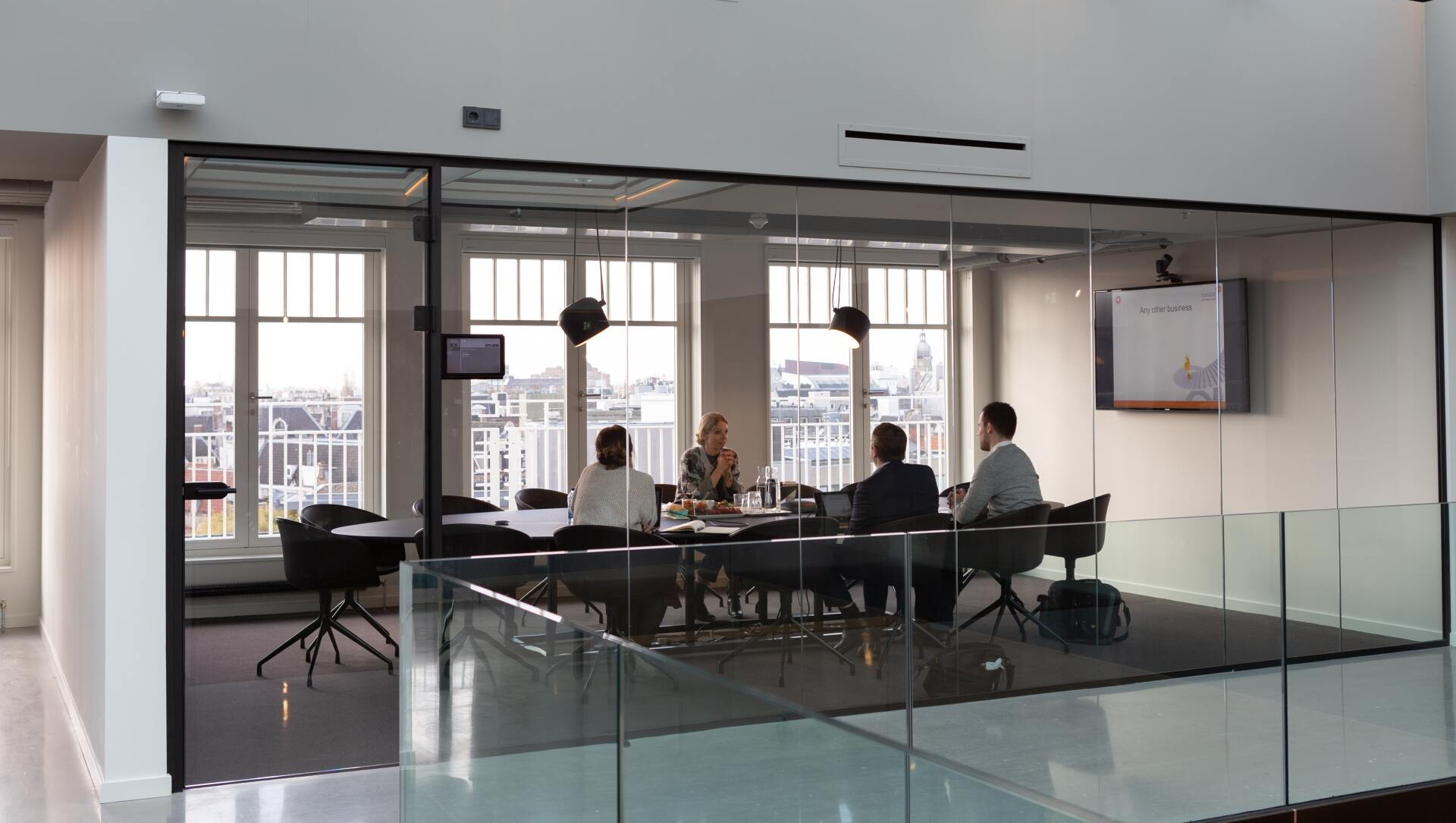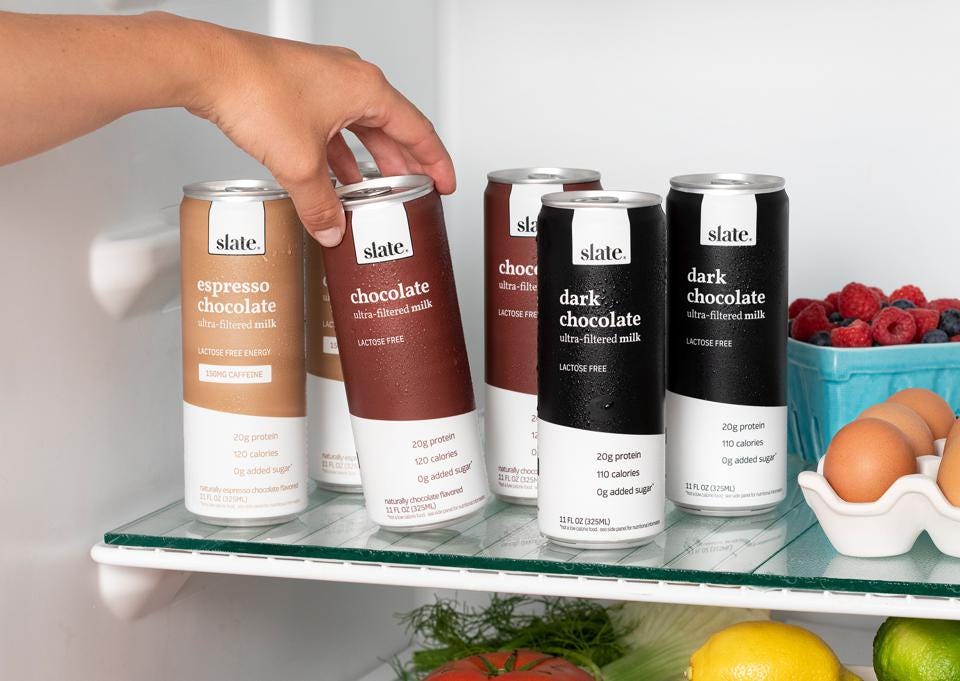Location
8th Floor North Tower
2000 Avenue of the Stars, Los Angeles, CA 90067
Contact Information
P: 310-273-6000 | F: 310-273-6006
Back-to-school in a box: Parents keep it simple with supply kits
Read original article here: http://www.chicagotribune.com/business/ct-biz-back-to-school-supply-kits-0805-story.html
Jenny Driscoll has fond memories of back-to-schoolshopping as a kid: picking out the perfect folders, decorating new notebooks.
She’d been looking forward to sharing the experience with her son before his first day of kindergarten five years ago at his new school in west suburban Hinsdale — until she took a closer look at his supply list.
Jenny Driscoll has fond memories of back-to-schoolshopping as a kid: picking out the perfect folders, decorating new notebooks.
She’d been looking forward to sharing the experience with her son before his first day of kindergarten five years ago at his new school in west suburban Hinsdale — until she took a closer look at his supply list.
Ever since, she’s purchased all-in-one supply kits for her kids, now in fifth and second grades. Driscoll isn’t alone. Nearly two-thirds of U.S. consumers who have the option to purchase a kit from their child’s school or parent teacher organization have done so at least once, and most are repeat buyers, according to a 2017 report from market research firm The NPD Group.
Fans of the kits praise the convenience of filling a child’s backpack without spending hours tracking down folders with the requested combination of pockets, prongs and colors. Other parents question how good a deal they’re getting or say their kids still like browsing the aisles at traditional school supply destinations themselves.
Those retailers, including big-box stores and office supply chains, are competing with convenience-focused services of their own. But supply kit vendors say they’ve got one edge the big chains can’t fully match: a local school’s endorsement.
“It goes back to consumer confidence,” said Jennifer Thompson, owner of DeKalb-based school supply kit vendor The Write Stuff. “A parent may question themselves on something at Target. We make it easy.”
Supply kit companies take teachers’ lists and work with vendors to secure the items. They take online orders and assemble individual student kits over the summer before shipping them to schools or students’ homes by the first day of class.
Prices vary considerably depending on the school — some use it as a fundraiser and add a markup to the quoted price, while others treat it as a service for parents. A student’s age matters too. At Hinsdale’s Monroe, which works with Oswego-based Shane’s Kits, for instance, kindergarten kits cost $40, while fifth-graders’ parents pay $70.
The kit concept isn’t new. Woodridge-based SchoolKidz, which Los Angeles private equity firm Skyview Capital purchased from Staples earlier this year, was founded in 1995. Initially, the company planned to sell supply kits to families online, but e-commerce hadn’t yet taken off, so SchoolKidz shifted its focused to schools, said Jim Mulder, the company’s president.
SchoolKidz also has a division that provides kits to not-for-profit organizations and a separate business selling individual kits to consumers, but the school list kits make up the bulk of the business. The company works with thousands of schools, Mulder said.
Over the years, the items in those kits have changed. Floppy disks are out, and earbuds and flash drives are in, Thompson said. More schools request general classroom supplies like copy paper and paper towels, which she and Mulder chalk up to tighter budgets.
Both also said their companies handle more of the legwork of running supply kit sales, like collecting online orders and payments — work that used to fall to school volunteers running in-person or mail order sales.
“The simpler we can make it (for schools), the more appealing it is,” Thompson said.
Fans of the programs point to convenience.
“Parents don’t want to have to hassle with it at the end of the summer,” said Peggy Brink, who organizes the supply kit program for the North Shore’s Wilmette Junior High School. Brink is among the two-thirds of families she estimated buy kits, purchased from Colorado-based EduKit. “And when you go to Target or another store, you end up buying a lot of other things while you’re there.”
But Michael Millar, of Wilmette, said he and his family will handle supply shopping themselves this year, though they’ve purchased kits in the past. His daughter, who will be an eighth-grader at Wilmette Junior High, enjoys choosing her own supplies. Cost is a factor too, Millar said.
“Because it’s a convenience, it seems like there’s a convenience fee attached to it,” he said.
Officials at Wilmette Junior High and Monroe say their kit sales have a small fundraising component. Monroe’s parent teacher organization uses input from parents and teachers to decide how to use the money, Driscoll said.
The kits seem to be most popular at more affluent schools and in major cities where parents are more willing to pay a little extra to save time, said Ana Serafin Smith, a spokeswoman for the National Retail Federation.
About 40 percent of Chicago parents who participated in Deloitte’s annual back-to-school survey planned to buy pre-configured supply kits, said Bobby Stephens, a senior manager in consultancy Deloitte Digital’s retail practice. That’s above the national and Midwest rate.
Overall, families earning between $50,000 and $100,000 per year were the most likely to say they planned to buy kits, including those purchased through schools and school supply bundles bought from other retailers, Stephens said.
“That combination of convenience and price lets them get what they need (for basic items), then be more selective about others,” he said.
Supply kit vendors aren’t the only ones making the convenience pitch.
Out of the roughly $685 that families with children in elementary through high school planned to spend on back-to-school items this year, only about $122 will go to items like notebooks, pencils and backpacks, according to the National Retail Federation’s annual back-to-school survey.
“It’s not just about supplies; parents need to get clothes and other things that still require a trip to the store,” said Alexis DeSalva, senior retail and e-commerce analyst at market research firm Mintel. “Retailers like Target and Walmart are using that to their advantage.”
Some retailers post schools’ lists online, and Target and Office Depot will let parents add all available items on a child’s list to their cart with a single click.
For now, companies selling kits selected by the school have an edge when it comes to offering parents a stamp of approval, DeSalva said.
But she said she wouldn’t be surprised to see more big retailers trying to partner with schools and inch closer to the kit service, even if it wouldn’t make financial sense to work as closely with individual schools as companies like The Write Stuff and SchoolKidz do.
Both companies say they haven’t yet felt the impact of big chains’ efforts to mimic their approach. The Write Stuff is working with more schools than ever: nearly 300 across 32 states, Thompson said.
Mulder, the SchoolKidz president, said he’s skeptical that a general retailer would make school supplies enough of a priority to match the level of service dedicated supply kit vendors provide.
“We have a more immediate, intimate relationship with schools,” he said. “Walmart and Target just aren’t getting to that level of conversation.”
Twitter @laurenzumbach







2000 Avenue of the Stars | Suite 810N | Los Angeles, CA 90067
P: 310-273-6000 | F: 310-273-6006 | info@skyviewcapital.com
All Rights Reserved | Skyview Capital


